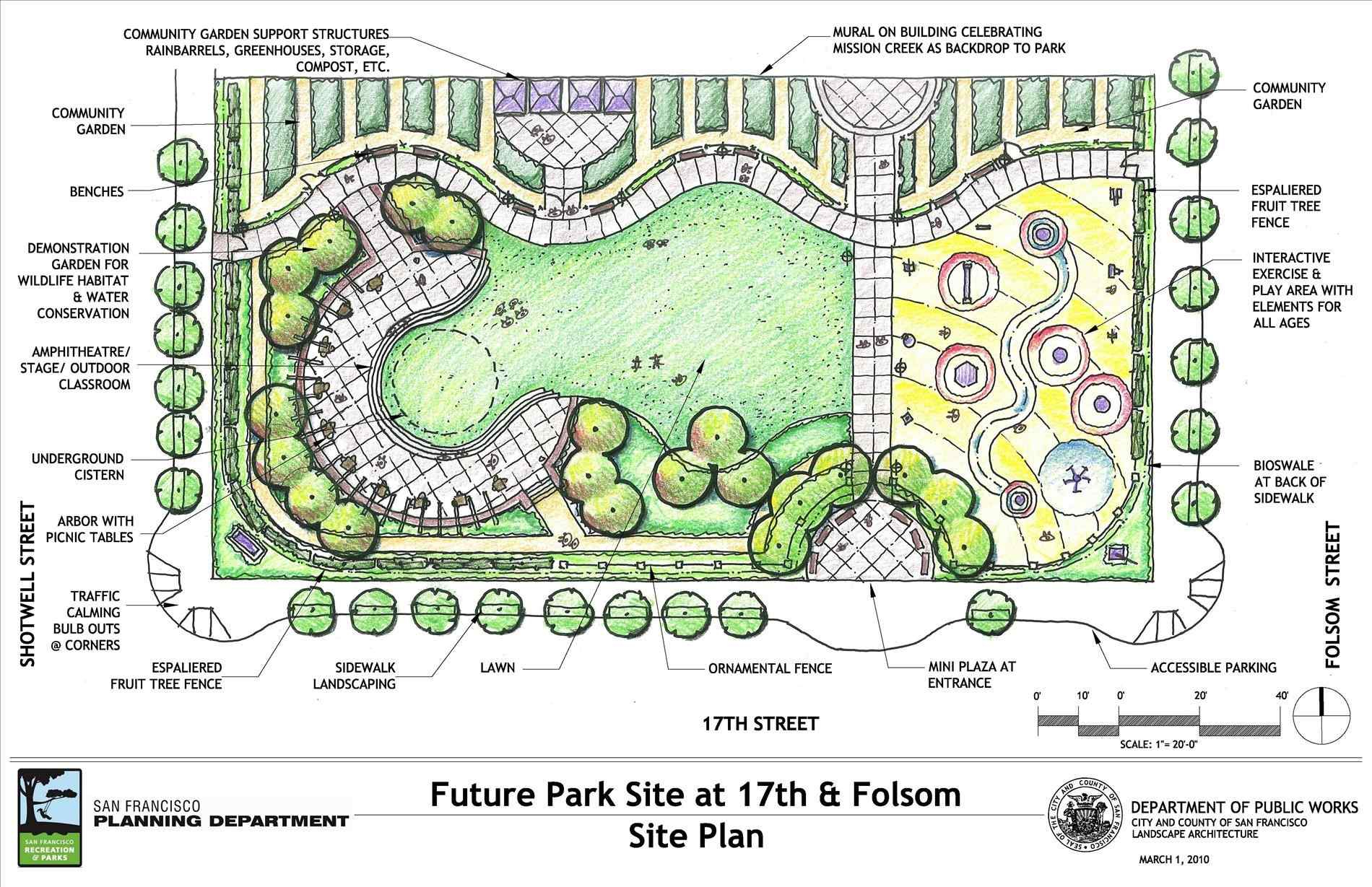Plan landscape drawing plans drawings garden sketch sketches architecture landscaping hand example exquisite choose board sample architects deng li create
Table of Contents
Table of Contents
If you’re looking to enhance the appearance of your property or simply want to create a more inviting outdoor space, then learning how to draw landscape plans can be an exciting and rewarding experience. By designing and planning your outdoor space, you can create a cohesive and visually pleasing environment that will make you proud to share it with your family and friends.
Common Challenges When Learning How to Draw Landscape Plans
One of the common challenges that people face when trying to create a landscape design is that they are not sure where to start or what to include in their plans. Some people may also find it difficult to visualize how different plants and hardscapes will look together, which can hinder the design process.
Answering the Target of How to Draw Landscape Plans
The best way to overcome these challenges is to start by gathering inspiration from various sources. Visit garden centers, browse through online resources such as Pinterest, and take a look at professional landscape designs to get an idea of what you like and what you don’t. You can then use this inspiration to make a list of the different elements that you want to include in your design and sketch out a rough layout.
Summary of Main Points
In summary, the key to learning how to draw landscape plans is to start by gathering inspiration, making a list of your desired elements, and then sketching out a rough layout. This process will help you visualize your design and make any necessary changes before moving on to the final design. Along the way, it’s important to consider factors such as site analysis, plant selection, hardscape materials, and outdoor lighting.
Understanding How to Draw Landscape Plans - Target and Personal Experience
When I was first learning how to draw landscape plans, I found that using graph paper was a helpful tool to create a greener environment. I used it to sketch out the different elements that I wanted to include in my design, such as flower beds, walkways, and patios. By using graph paper, it was easy to create a scale drawing and get an idea of the spacing between different elements. Once I had my rough layout, I then used colored pencils to fill in the details and get a better visualization of my design.
When venturing into the realm of landscape design, it’s important to remember that it’s a process that requires patience and a willingness to experiment. Don’t be afraid to try different layouts, experiment with new plants, and add or subtract different features from your design until you achieve the desired result.
The Importance of Site Analysis When Drawing Landscape Plans - Target and Personal Experience
Before you can begin drawing out your landscape plans, it’s important to conduct a site analysis. This involves taking a careful look at the space that you have available and noting any existing features that may impact your design, such as trees, slopes, or drainage issues. This information can then be used to inform your design decisions and ensure that you create a plan that looks great and functions well.
When I was designing my own landscape plan, I noticed that there was a slope in my backyard that I had not previously noticed. Rather than ignoring it, I decided to use it to my advantage by incorporating a retaining wall and creating a terraced effect. By analyzing my site and making adjustments to my design, I was able to create a more cohesive and functional outdoor space.
Understanding Plant Selection and Hardscape Materials When Drawing Landscape Plans
When designing your landscape plan, it’s important to consider both plant selection and hardscape materials. The plants that you choose will play a significant role in the overall look and feel of your design, while the hardscape materials that you choose will impact the functionality and durability of your outdoor space.
When selecting plants, it’s important to consider factors such as the amount of sunlight that your space receives, the amount of maintenance that different types of plants require, and the overall style that you want to achieve. For hardscaping, it’s important to consider factors such as the type of stones or pavers that you want to use, the size and layout of your outdoor living areas, and any structural or safety concerns.
Understanding Outdoor Lighting When Drawing Landscape Plans
Finally, one factor that many people overlook when designing their landscape plans is outdoor lighting. Proper outdoor lighting can not only enhance the appearance of your space, but it can also make it safer and more functional. When designing your landscape plan, be sure to consider how lighting can be used to highlight different areas of your space, provide security, and improve the overall ambiance of your outdoor living areas.
Question and Answer Section About How to Draw Landscape Plans
Q: Do I need to hire a professional to draw my landscape plans?
A: While it’s certainly possible to create your own landscape plans, hiring a professional can be a good option if you’re new to designing outdoor spaces. A professional can help you navigate the design process, select plants and hardscape materials, and ensure that your final design looks great and functions well.
Q: What software can I use to draw my landscape plans?
A: There are many different software options available for drawing landscape plans, including SketchUp, AutoCAD, and SmartDraw. Be sure to choose a software that you are comfortable with and that meets your specific design needs.
Q: How do I select plants for my landscape design?
A: When selecting plants, be sure to consider factors such as the amount of sunlight that your space receives, the size of your outdoor space, and the overall style that you want to achieve. It’s also important to consider maintenance requirements and plant hardiness zones to ensure that your plants will thrive in your particular climate zone.
Q: Can I incorporate water features into my landscape design?
A: Absolutely! Water features such as fountains, ponds, and streams can be a great addition to any landscape design. When incorporating water features, be sure to consider factors such as maintenance requirements, safety concerns, and the overall style that you want to achieve.
Conclusion of How to Draw Landscape Plans
Learning how to draw landscape plans can be a fun and exciting process that allows you to create a unique and inviting outdoor space. By considering factors such as site analysis, plant selection, hardscape materials, and outdoor lighting, you can create a cohesive and functional design that you will be proud to share with your loved ones. So why not grab a sketchbook and begin brainstorming your own landscape design today?
Gallery
How To Draw Landscape Plans: Help For Beginning DIY’ers

Photo Credit by: bing.com / landscape draw plans drawing plan landscaping garden drawings thespruce diy learn
Landscape Sketches For Wide Shallow Backyard - Yahoo Image Search

Photo Credit by: bing.com / plan garden plans landscape backyard sketches jardin landscaping sketch layout hand drawn drawing yard drawings designs spring shallow wide croquis
Landscape Design Drawing At PaintingValley.com | Explore Collection Of

Photo Credit by: bing.com / park landscape plan garden plans folsom drawing parking 17th public playground architecture parks mission school street drawings edible lot community
Exquisite Landscape Plan Drawing 8 Drawings Example | Landscape Design

Photo Credit by: bing.com / plan landscape drawing plans drawings garden sketch sketches architecture landscaping hand example exquisite choose board sample architects deng li create
14 Clever Landscape Design Plans And Improvements For A Small Backyard

Photo Credit by: bing.com / landscape





